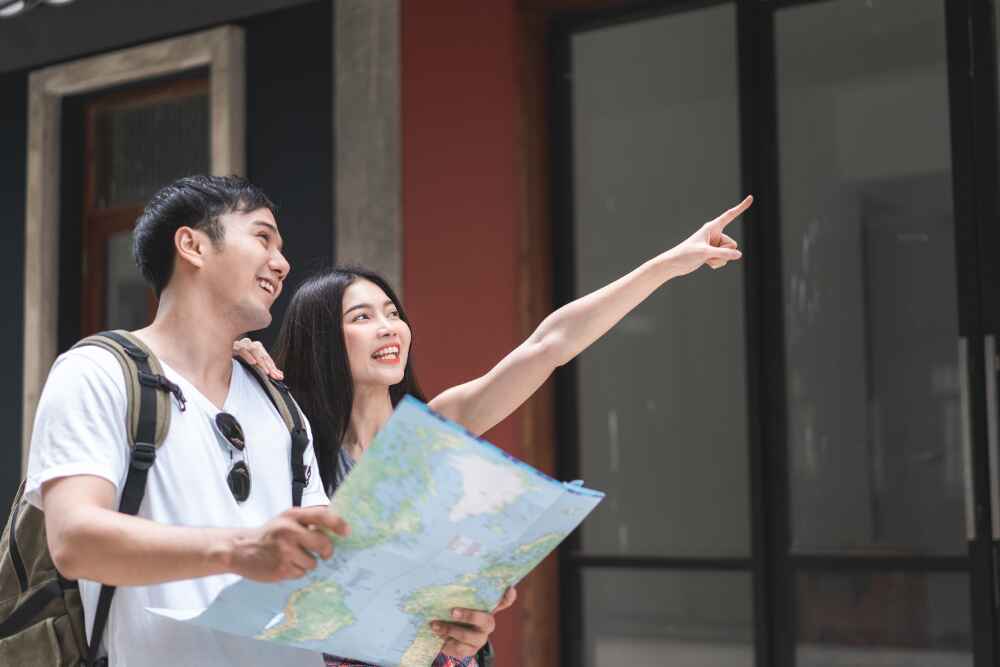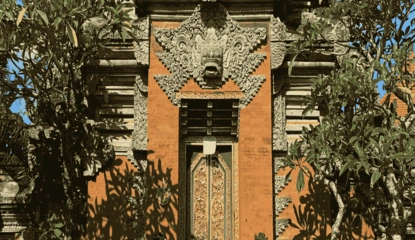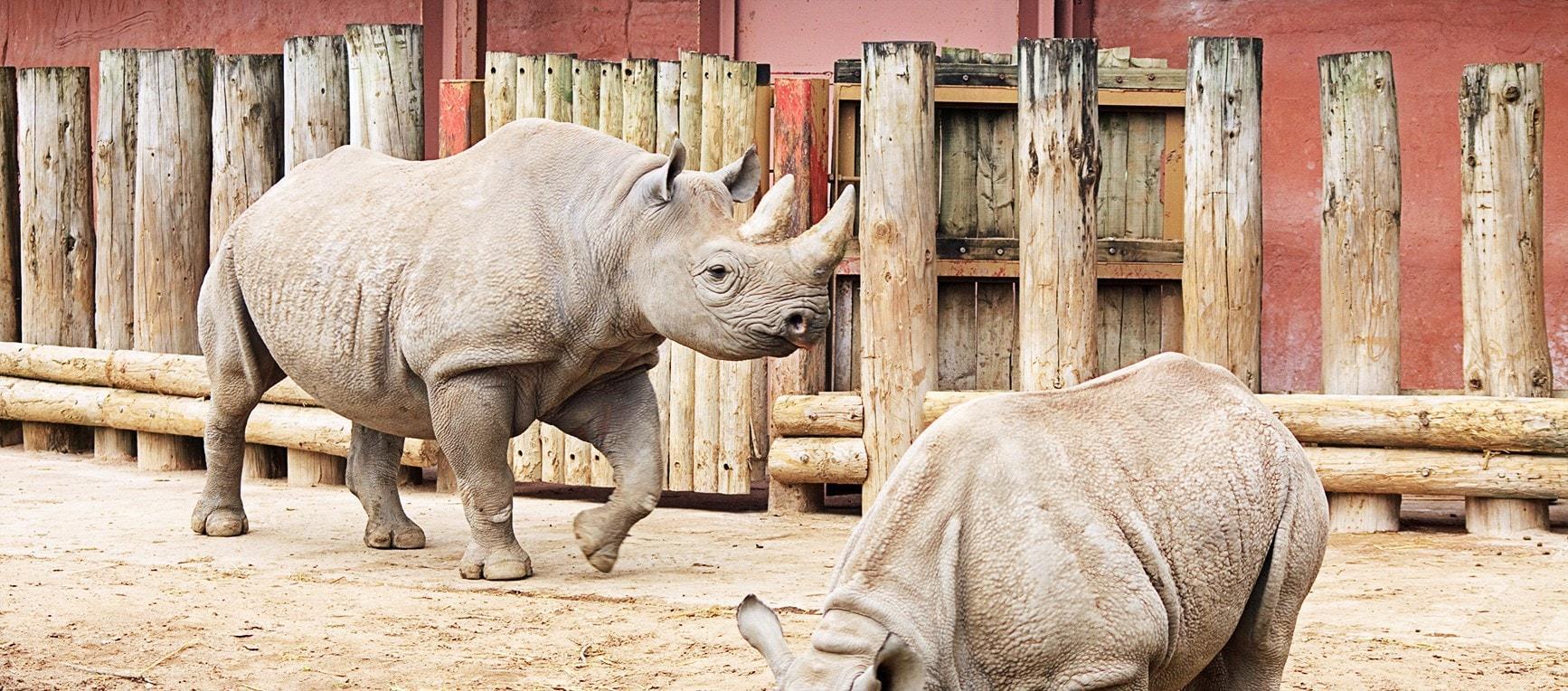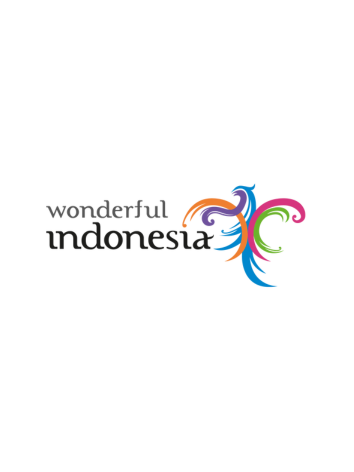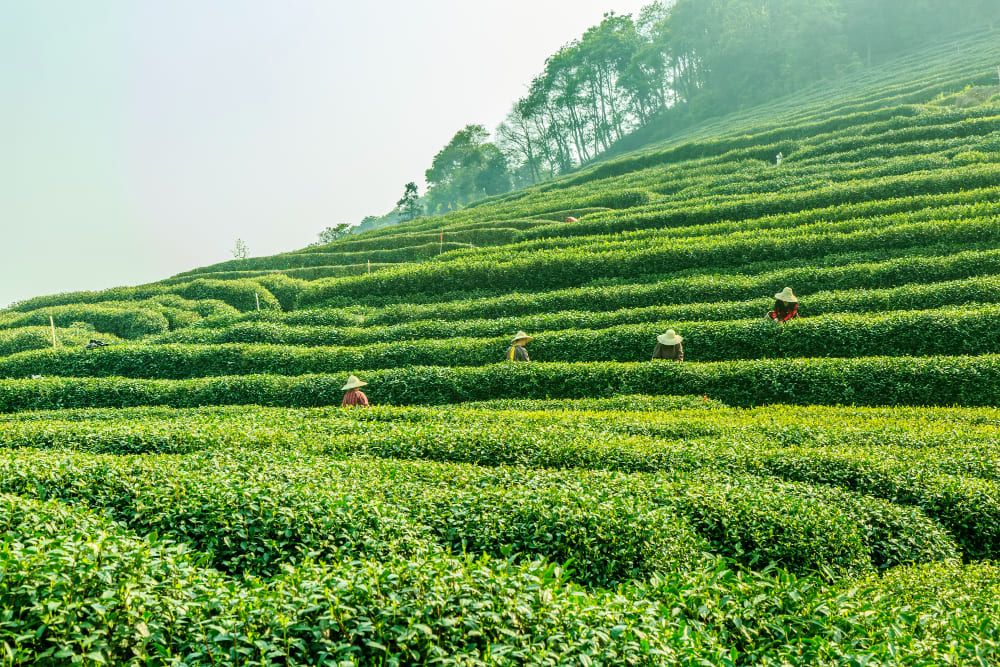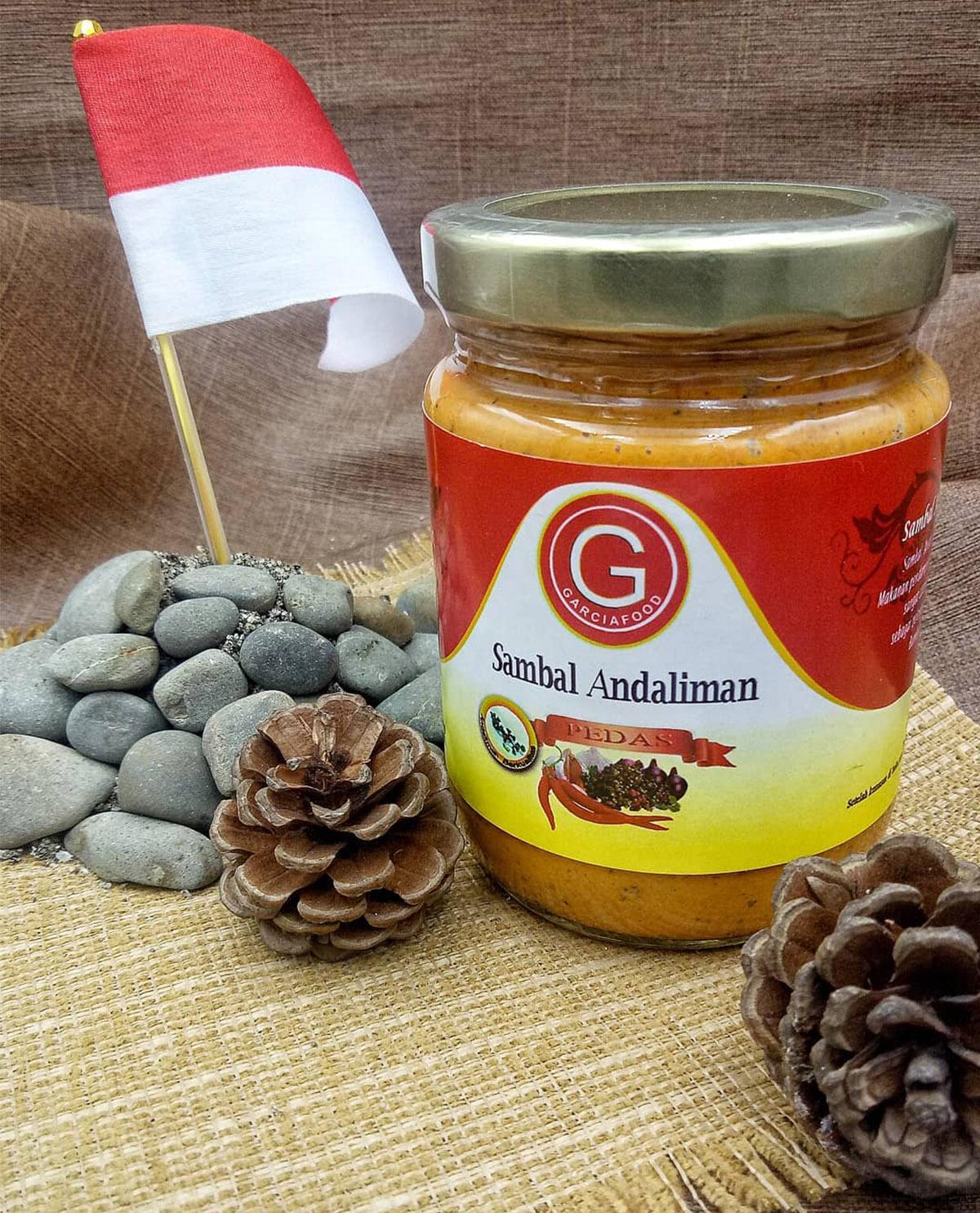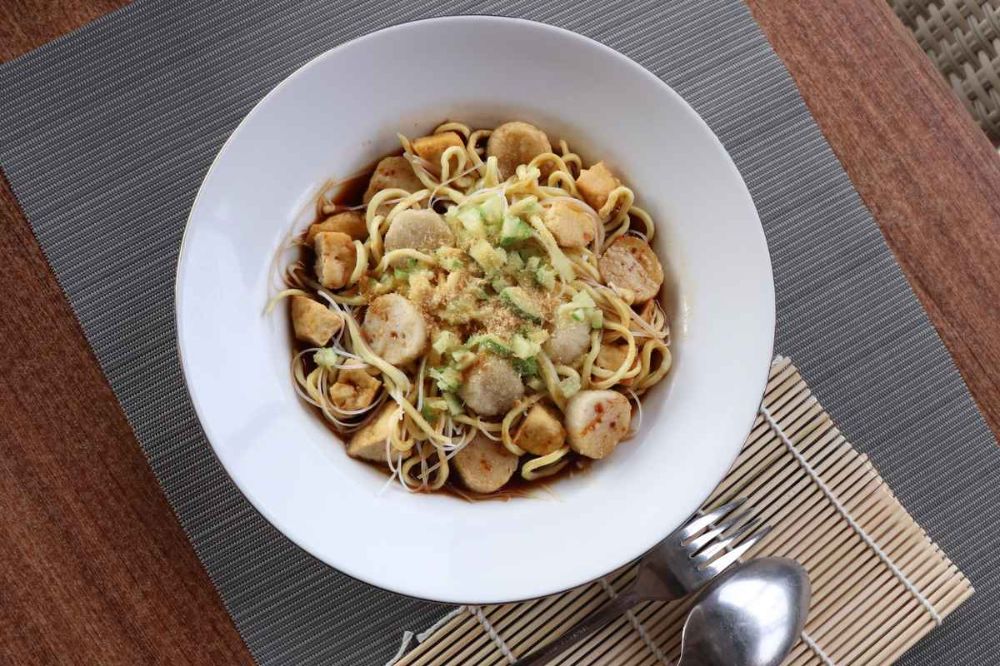Photo credit: indonesia.travel
Ujung Kulon National Park (Taman Nasional Ujung Kulon, TNUK) is a treasure of Indonesia and Southeast Asia. As the country's oldest national park, it was declared a UNESCO World Heritage Site in 1991. Located in Pandeglang, Banten, this conservation area spans approximately 122,956 hectares, with 443 square kilometers covered by pristine ocean waters. The park is celebrated for its biodiversity, lush tropical landscapes, and rare species, making it an unforgettable experience for nature lovers and adventurers alike.
Exploring Ujung Kulon’s Biodiversity
Ujung Kulon is home to diverse ecosystems, including coastal forests, lowland and mountain rainforests, freshwater swamp forests, mangroves, and savannas. Here, you’ll find rare flora and fauna such as the endangered Javan rhinoceros (Rhinoceros sondaicus), Javan gibbons, banteng (wild cattle), and several unique bird and reptile species. The park is divided into several sections, encompassing the Ujung Kulon Peninsula, Krakatau Islands, Peucang Island, Handeleum Island, Panaitan Island, and Mount Honje.
Each part of Ujung Kulon has its unique charm and conservation efforts in place, making it an ideal destination for eco-tourism.
Visitor Regulations for Conservation
Photo: IG @visit_ujungkulon
To preserve the beauty and biodiversity of Ujung Kulon, visitors must adhere to several important regulations:
1. Entry Permits and Tickets
To enter the park, all visitors must purchase an entry ticket, which includes insurance coverage, and fill out a permit form known as a Simaksi (permit for entering conservation areas). Ticket prices range from IDR 5,000–7,500 (approx. USD 0.35–0.50) for Indonesian citizens and IDR 150,000–225,000 (USD 10–15) for foreign visitors. Tickets are available during office hours (07:30–16:00).
2. Mandatory Guide Requirement
All visitors must be accompanied by an official TNUK guide or a licensed natural tour guide (PB-PJWA) who can provide valuable insights and ensure adherence to conservation protocols. This applies to all activities, including hiking and snorkeling, to ensure safe interactions with the ecosystem.
3. Noise and Environmental Disturbance Restrictions
To protect the tranquility of the forest and its inhabitants, visitors are prohibited from making loud noises that could disturb wildlife. Contact with the Javan rhinoceros is strictly forbidden, as is any form of damage to natural habitats.
4. Prohibition of Firearms and Hazardous Items
Visitors may not bring firearms, sharp objects, or any dangerous chemicals into the park. Pets, seeds, and alcohol are also banned to protect the delicate ecosystem.
Photo credit: nikkipeucang.com
5. No Hunting or Plant Harvesting
Hunting, capturing, or transporting any animal or plant is strictly prohibited unless authorized for research purposes. Visitors may not take or damage any part of the flora within the park, emphasizing TNUK’s dedication to conservation.
6. Smoking and Campfire Restrictions
Smoking is only permitted in designated areas to prevent forest fires. Building open fires in the forest is banned except in emergencies. Additionally, certain zones prohibit urination to keep the habitat clean for local wildlife, especially the Javan rhinos.
7. Prohibition on Perfumes and Soaps
To avoid disrupting the natural scents that wildlife rely on, visitors are discouraged from wearing perfumes or using fragrant soaps while in the forest.
8. Littering and Vandalism Ban
Help keep Ujung Kulon pristine by disposing of trash only in designated areas. Acts of vandalism, including carving on trees or structures, are prohibited, as the park is renowned for its immaculate beauty and fresh atmosphere.
These rules help protect the park's natural heritage, ensuring that Ujung Kulon remains a safe haven for wildlife and a serene escape for eco-conscious travelers.
Top Tips for Visiting Ujung Kulon National Park
Photo credit: jasling.menlhk.go.id
To make the most of your visit, here are some essential tips:
- Be Prepared: Pack essentials like mosquito repellent, personal medication, and basic first aid. Bring a jacket, raincoat, and sturdy hiking boots.
- Protective Clothing: Wear long-sleeved shirts, high socks, and trousers to protect yourself from thorns and leeches. Tucking your pant legs into your socks adds an extra layer of protection.
- Plan Ahead for Weather: The park’s tropical climate can bring sudden rain, so be prepared with waterproof gear.
- Respect Wildlife: Keep your distance from all animals, especially the Javan rhino, to avoid disrupting their natural behavior.
Key Destinations and Attractions
1. Peucang Island
Known for its stunning beaches and clear waters, Peucang Island is a paradise for snorkelers and beach lovers. Stay at the Peucang Island Lodge for convenient access to the island’s best spots.
2. Handeleum Island
Ideal for canoeing, Handeleum offers a serene environment to explore its mangrove forests and quiet waterways. Look out for the shy Javan gibbons swinging through the trees.
3. Krakatau Islands
Take a boat to the famous Krakatau archipelago, home to the iconic Anak Krakatau volcano. Hike to the top for spectacular views, but check weather conditions and volcanic activity reports beforehand.
4. Mount Honje
A favorite among trekkers, Mount Honje offers trails through dense forests, where you might encounter Javan gibbons and hear the call of exotic birds.
5. Ujung Kulon Peninsula
The main section of the park, the peninsula offers a variety of ecosystems and habitats to explore, from mangroves to savannas. It’s ideal for nature walks and bird-watching.
Entry and Tour Prices
Several tour operators offer packages for guided excursions in Ujung Kulon, with prices varying based on itinerary length and services provided. A 3-day tour, including accommodation, meals, and guided treks, typically costs between IDR 3 million–4 million (USD 200–270) per person. This includes access to popular spots like Peucang and Handeleum islands, making it a great option for those wanting to explore multiple locations.
Ujung Kulon National Park is a testament to Indonesia’s natural beauty and commitment to conservation. By following these guidelines and respecting the park’s rules, you contribute to preserving this unique ecosystem for generations to come.
For more amazing #WonderfulIndonesia destinations and experiences around the enchanting archipelago, follow @wonderfulindonesia on Instagram. Let Indonesia inspire your next travel stories!


